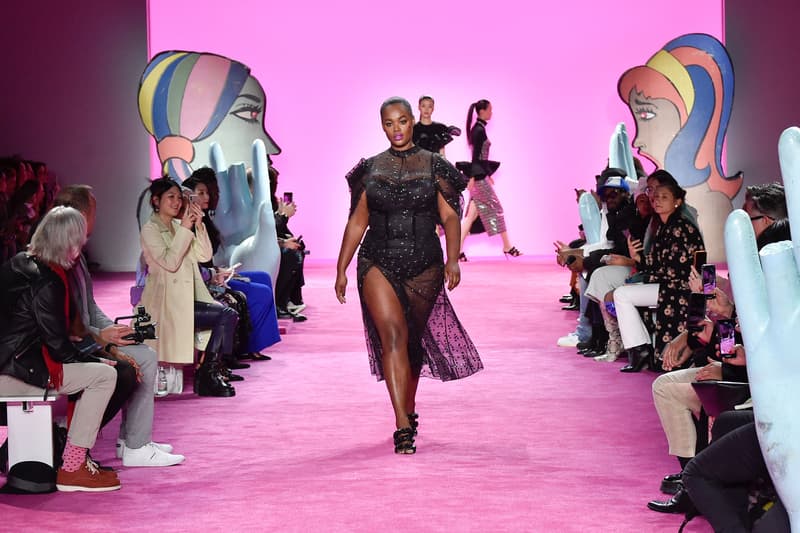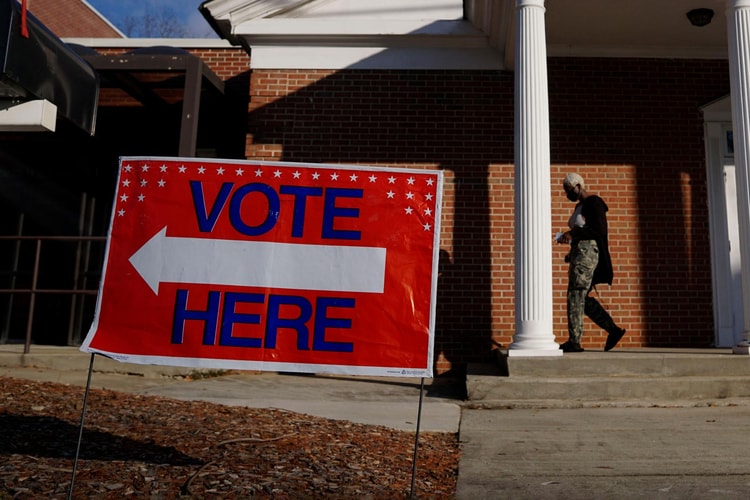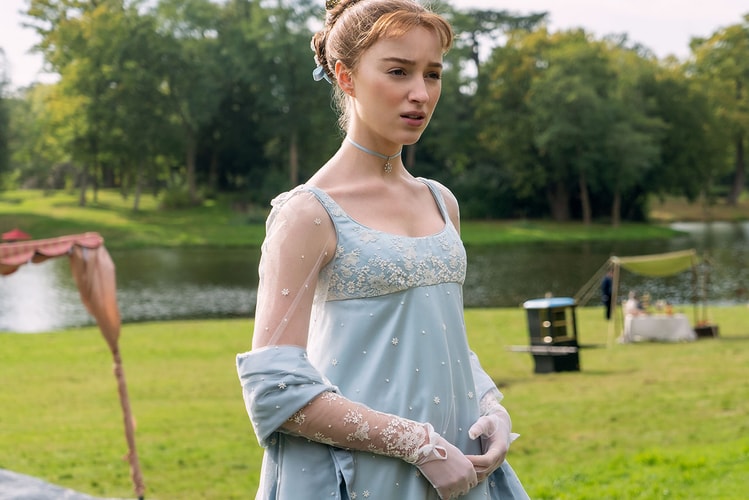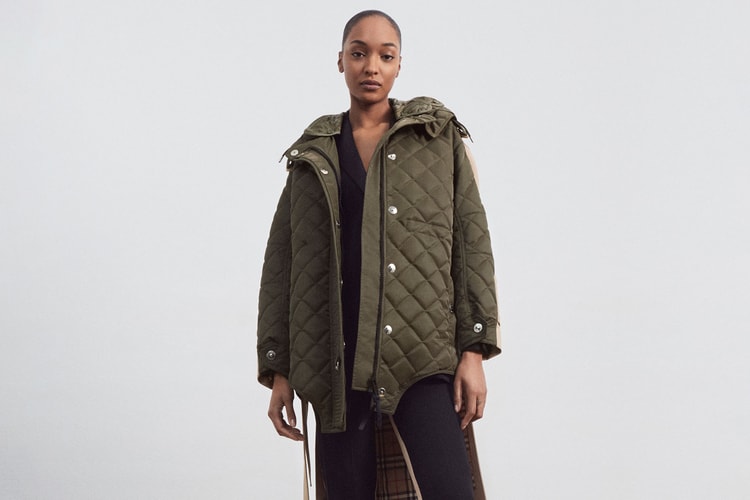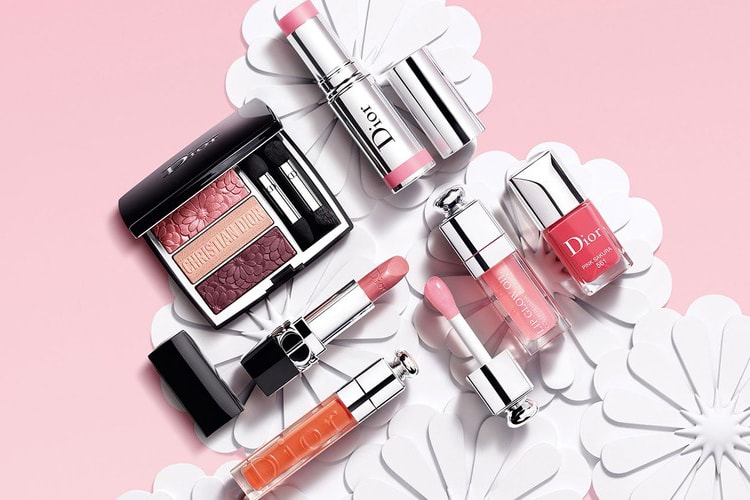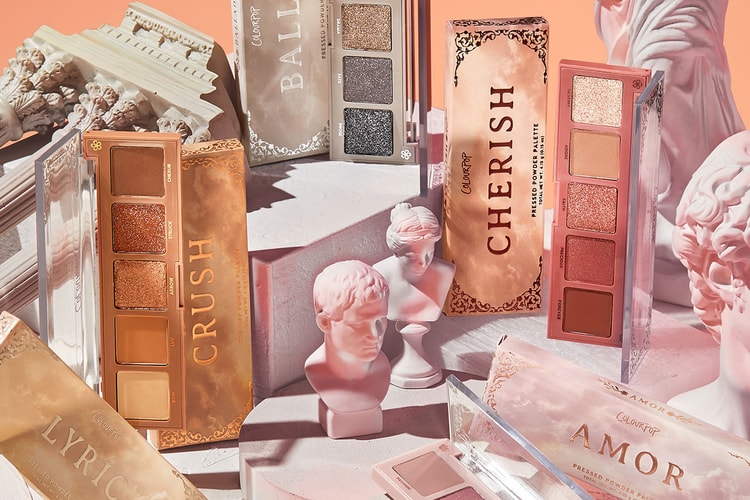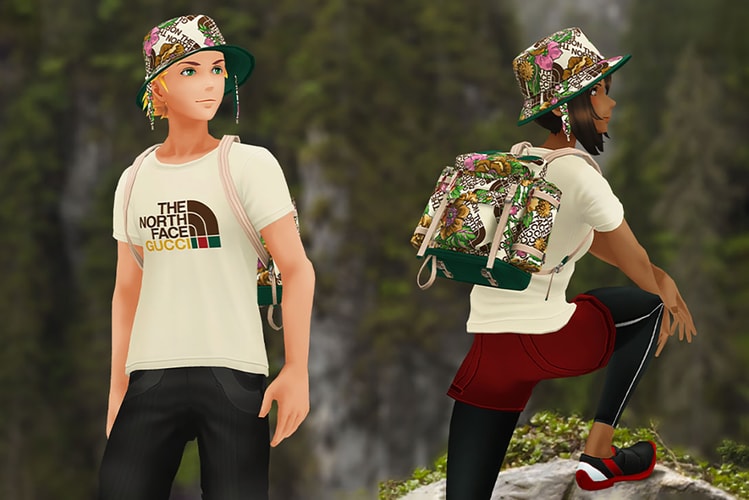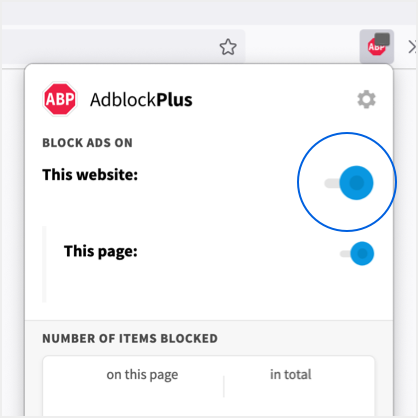When Will Mainstream Media Finally Embrace Body Diversity?
From fashion to film, there’s still a lack of positive representation of plus-size women on screen.
Like the rest of Instagram, I was beside myself with joy witnessing model Paloma Elsesser reveal her historic Vogue January 2021 cover. For me, this was a particularly serendipitous way to start the new year. A few years ago, I found Elsesser’s StyleLikeU interview and was so inspired that I made my own version for an art class during my sophomore year of college. Seeing her on the cover of a magazine I purchased a thousand times over, I felt an immense sense of pride for the plus-size model’s accomplishment. However, I couldn’t help but feel this odd sense of betrayal to my former self. It’s been almost three years since I was in the grips of an eating disorder that led me to lose seventy pounds in nearly eight months.
Thanks to early 21st century media, there were virtually no positive representations of fat Black women on screen. Victoria’s Secret models set the standard for what was considered beautiful in the early aughts, and I readily took that message to heart. To be my size was to be the “before” picture, a problem to be solved, an obstacle in need of overcoming and the precursor to living a happy life. The message sunk in deep. It became clear to me that if I were to have a successful life filled with joy, and capture that elusive feeling of happiness and true satisfaction, shrinking my size 12 body was the path there.
Thanks to early 21st century media, there were virtually no positive representations of fat Black women on screen. Victoria’s Secret models set the standard for what was considered beautiful in the early aughts, and I readily took that message to heart.
In the years leading up to Paloma Elsesser’s cover, it’s been refreshing to witness the slow, but steady cultural shift as antiquated beauty standards have started to stray away from its Eurocentric and fatphobic history. Models like Elsesser, Ashley Graham, Iskra Lawrence and Tess Holliday have been increasingly vocal about the need for body diversity in fashion, beauty and media. Since Aerie stopped retouching its models in 2014, other brands have followed suit. Versace’s Spring/Summer 2021 show featured full-figured models like Alva Claire, Precious Lee and Jill Kortleve. While this felt like a huge moment for the body positivity movement, the industry still has a long way to go. The stark reactions to paparazzi photos of Billie Eilish without her typical baggy streetwear serve as proof that our culture (by and large) is still fearful of non-normative bodies and obsessed with beauty and physical appearance.
Even with an increase in body diversity in fashion, there is still an overwhelming lack of meaningful roles for fat female protagonists on the big screen. Whether or not media and entertainment reflects current beauty standards or reinforces them, the industry has not done much to shift the narrative. But despite the strides we are making in acknowledging and moving away from strict gender roles, women’s bodies are still regarded as trends, and our value still largely rests on our physical appearance.
Even with an increase in body diversity in fashion, there is still an overwhelming lack of meaningful roles for fat female protagonists on the big screen. Whether or not media and entertainment reflects current beauty standards or reinforces them, the industry has not done much to shift the narrative.
In order to achieve the true cultural shift we’re after, we need more body diversity on screen. If our entertainment is a reflection of our values as a society, it’s clear that we do not value fat people in ours, nor actually see them as people. Too often, larger characters are reduced to caricatures or pushed into the background. Body diverse protagonists in films and television is the next and most necessary step towards a body neutral culture. We should not forgo the profound impact it has on one’s sense of self. It is impossible to come of age as a woman without recognizing that your body and appearance are commodities and currency.
In order to achieve the true cultural shift we’re after, we need more body diversity on screen. If our entertainment is a reflection of our values as a society, it’s clear that we do not value fat people in ours, nor actually see them as people.
While the film industry is making strides in fighting against the male gaze with the notable, but rare success of female directors (and increasingly raw and authentic stories), films where the love interest is fat are still deemed as novelties or rarities, and are marketed as such. Casting non-thin and non-white actors is as essential as size-inclusive model casting for the body diversity movement’s progress.
The stories that are told are vitally important, and who we choose to put at the center of them is valued just as much. While characters who are bigger are slowly showing up in supporting roles, as seen in shows like Euphoria and High Fidelity, it’s time to recognize that women deserve better. I imagine if the magazines I hoarded featured more models like Paloma on the cover, I wouldn’t be at war with my own body. Representation and visibility allows women of all shapes, sizes and backgrounds to see what is possible and know that change can be accomplished. We need more fat female protagonists to let the next generation of girls know their size does not determine their worth or place in their story.
We need more fat female protagonists to let the next generation of girls know their size does not determine their worth or place in their story.
Collette Grimes is a freelance writer, content strategist and photographer based in Brooklyn. Collette enjoys writing and creating content from art, fashion and culture to gender, social justice and sustainability.
